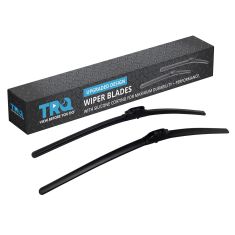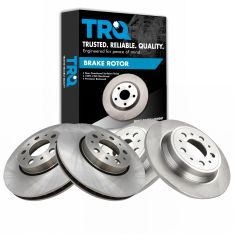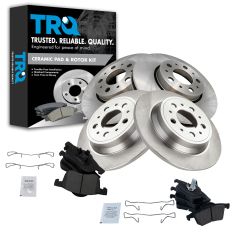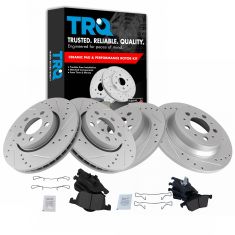1ABFS02190-Volvo S60 S80 V70 XC70 Rear Ceramic Brake Pad & Rotor Kit TRQ BKA11528
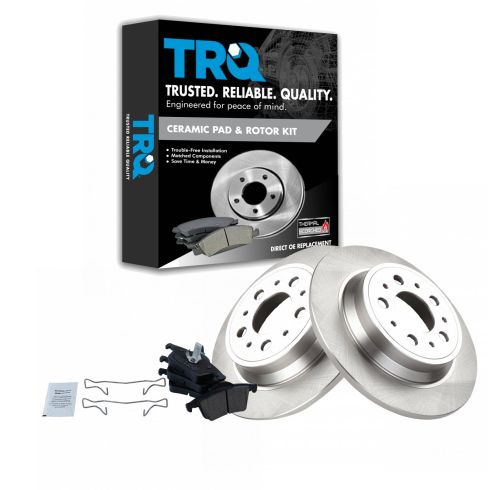


Replaces
1999 Volvo S80 Rear Ceramic Brake Pad & Rotor Kit TRQ BKA11528


Recommended for your 1999 Volvo S80
Product Reviews
Loading reviews
Customer Q&A
No questions have been asked about this item.
Volvo is a registered trademark of Volvo Trademark Holding AB. 1A Auto is not affiliated with or sponsored by Volvo or Volvo Trademark Holding AB.
See all trademarks.






